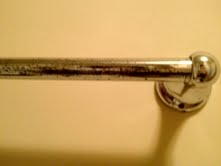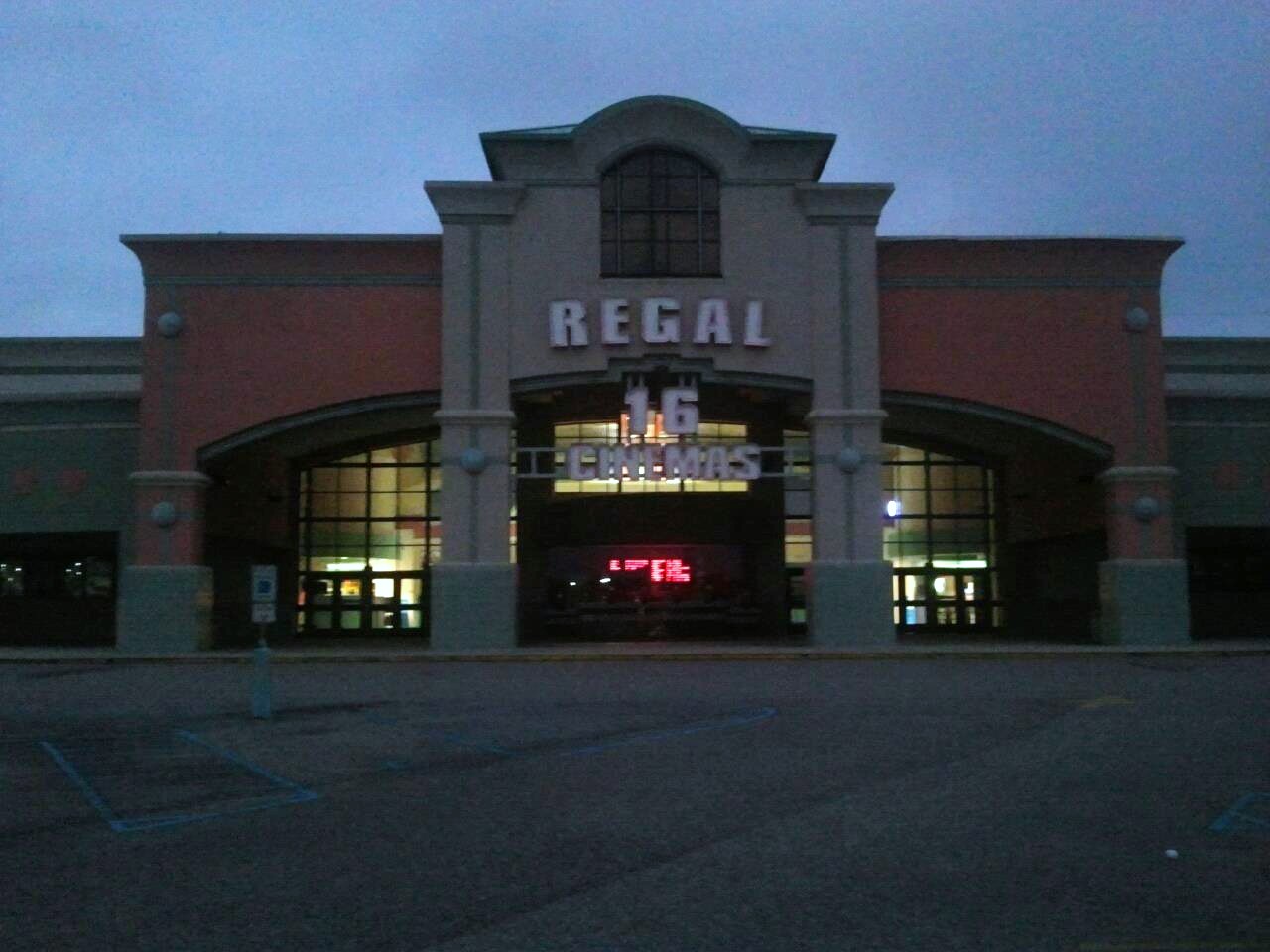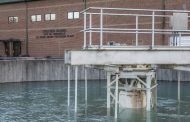Chinese drywall causes problems for some Trussville residents
By Lee Weyhrich
This is the first installment of a five-part series about the dangers and effects of Chinese drywall in homes. The names of the families in this series have been changed at the families’ requests.
For many people, owning their dream home has become a nightmare. This isn’t because of the economy. Nor is it a matter of people overextending themselves on their finances. These people have become victims to the houses themselves, or more accurately the Chinese-made drywall within these houses. Several Trussville homes in the upper-scale Long Meadows neighborhood near the Trussville Civic Center were built using the now infamous material and these homeowners lives have been changed forever.
HISTORY
In 2005, Hurricanes Katrina and Rita – as well as a general housing boom in the Southeastern United States – caused a shortage of American drywall, forcing companies to look internationally for materials. Knauf Entities, a German-based international manufacturer and supplier of building products, turned to its Chinese subsidiary, Knauf Plasterboard Tianjin Co., Ltd. (KPT), to help fill the gap. While the company was not the only importer of Chinese drywall, it is the only company, so far, to attempt remediation. The other major importer of this material, Taishan, has generally ignored court orders. Taishan’s close relationship with the Chinese government has, so far, made litigation nearly impossible, as there are few ties to American businesses over which our courts have jurisdiction.
Complaints began arriving immediately regarding a powerful and overwhelming chemical odor. But this was just the beginning of the problems that would eventually cause many to seek the help of the court system.
Multi-District Litigation 2047 came about as a response to the growing number of Federal court cases and complaints filed in regards to Chinese drywall. It is presided over by Judge Elton E. Fallon and is based in the United States District Court, Eastern District of Louisiana. The MDL has been the transferee of all current and future Chinese drywall cases since 2009.
According to a Sept. 4 “Order and Reasons” document from MDL, “During approximately 2005 to 2008, hundreds-of-millions of square feet of gypsum wallboard manufactured in China (“Chinese drywall”) were exported to the United States, primarily along the East Coast and Gulf South…The Chinese drywall was then installed in newly-constructed and reconstructed properties. After installation of this drywall, owners and occupants of the properties began noticing unusual odors, blackening of silver and copper items and components, and the failure of appliances, including microwaves, refrigerators and air-conditioning units.”
It was during this period that Long Meadows, a Trussville subdivision near the Trussville Civic Center, began construction. For Clubhouse Drive resident Becky Farmer, the problem began within the first year.
“We bought our house in 2006, it was built that year,” she said. “In the first year, we started having air conditioning problems. We replaced the coil four times in about a three-year period. The coils were full of holes because the drywall was corroding the copper.”
Farmer said that all the affected houses in her neighborhood were built within a few months of each other by the now-defunct Vintage Homes. As far as Farmer knows, only five “model” homes, the first homes in the neighborhood, were built with this material.
Neighbor Katie Banks and her family found out their home problems were caused by drywall from their air conditioning repairman.
“Right away, when we purchased the house the A/C on second story stopped working,” Banks said. “We changed the coils three times. Our upstairs has had no heating or cooling for at least two years. Our kids can’t stay in their bedrooms; it gets too hot and the chemical smell is too strong up there
. Our heating and air conditioning company (was) first to tell us we had Chinese drywall. They told us they noticed the “China” mark in the attic and told us there was nothing more they could do for us than replace parts because this would keep happening.”
The Banks family has lost multiple printers, their oven, two

Evidence of corrosion caused by chemicals in the home is evident on metal throughout these homes. Photo submitted by Becky Farmer.
refrigerators, one TV and even the cars in the garage have had issues with batteries and electrical systems related to corrosion. The doorknobs and bathroom fixtures in their house have also tarnished and corroded. Banks has to keep her jewelry sealed in airtight bags to keep them from corroding. Farmer said her silver wedding album has become tarnished and pitted.
Shortly after talking to their repairman, the Banks family was contacted by an attorney and told that something would be done about their problem. The Farmer family was contacted about the same time.
“We were contacted by an attorney saying that possible Chinese drywall was used in our home; that was in 2008,” Farmer said.
It would be four more years before anything was done for these homeowners.
Knauf first appeared before the MDL on July 2, 2009 for pretrial hearings. On March 15 through 19, 2010, MDL presided over a case that would shape the future for victims of Chinese drywall. Hernandez v. Knauf Gips KG, involved a homeowner’s claims of damage due to the high concentration of sulfur gas emitted by the drywall. The court found in favor of the Hernandez family to the amount of $164,049.64.
“Thereafter, on Oct. 14, 2010, the Knauf Entities entered into a pilot remediation program with the Plaintiffs’ Steering Committee (PSC) in the MDL,” court documents state. “This program was largely based upon the remediation protocol formulated by the Court in Hernandez. The Knauf pilot remediation program is ongoing and is in the process of remediating 2,000 homes containing KPT Chinese drywall. At the Court’s urging, the parties began working together to monetize this program and make it available to a broader class of plaintiffs.”
Knauf, Interior Exterior Building Supply, L.P., the Banner Entities, L&W Supply Corp. and USG Corp., and a group of numerous homebuilders, installers, suppliers – as well as the insurance companies backing many of these corporations – are sharing the burden of payment for repairs to homes. According to the settlement agreement released by the court Dec. 20, 2011, Knauf and its co-defendants were required to deposit an initial $200 million into a settlement fund for repairs, plus $50 million each time the account dropped below $25 million. Additionally, 50 percent of the net proceeds from settlements with insurance companies will go into this account. There is no cap for the amount of money that may be needed for this work and, if any is left after all claims have been completed, Knauf will reabsorb that money. Knauf and the other defendants have also been required to pay $160 million in court and attorney fees. An additional $30 million paid from Knauf, as well as contributions from other named parties, has been deemed the Other Loss Fund. This fund is meant to deal with the costs of replacing jewelry and appliances damaged by the wallboard. In total, the court estimated that there was enough material imported to build roughly 100 thousand homes. Once all the work and other expenses are accounted for, this will amount to a possible $1 billion settlement.
Homeowners affected by KPT drywall were given three settlement options:
- The Program Remediation Option allows Moss & Associates, a construction company approved by both the court and the Knauf defendants, to remove and replace the damaged areas of the house as part of the court’s pilot program.
- The Self Remediation option allows the homeowner to select his or her own qualified contractor.
- The Cash-Out Option provides a one-time cash payment with no obligation to have any work done on the property, but the amount of cash will be less than the amount that would be granted under the two remediation options and the homeowners are required to give notice of the presence of KPT drywall to any subsequent purchasers.
Banks and Farmer both chose the first option.
“Because we’ve chosen to use their contractor, we have been given a one-year warranty,” Farmer said.
The lengthy remediation process will begin soon for both families.
The next part of our series on Chinese drywall in Trussville will discuss the remediation process and the work that must be done to counter the issues caused by contaminated drywall.
Editor’s note: This is a corrected version of the copy that appears in the Oct. 19, 2012 issue of the Trussville Tribune.







